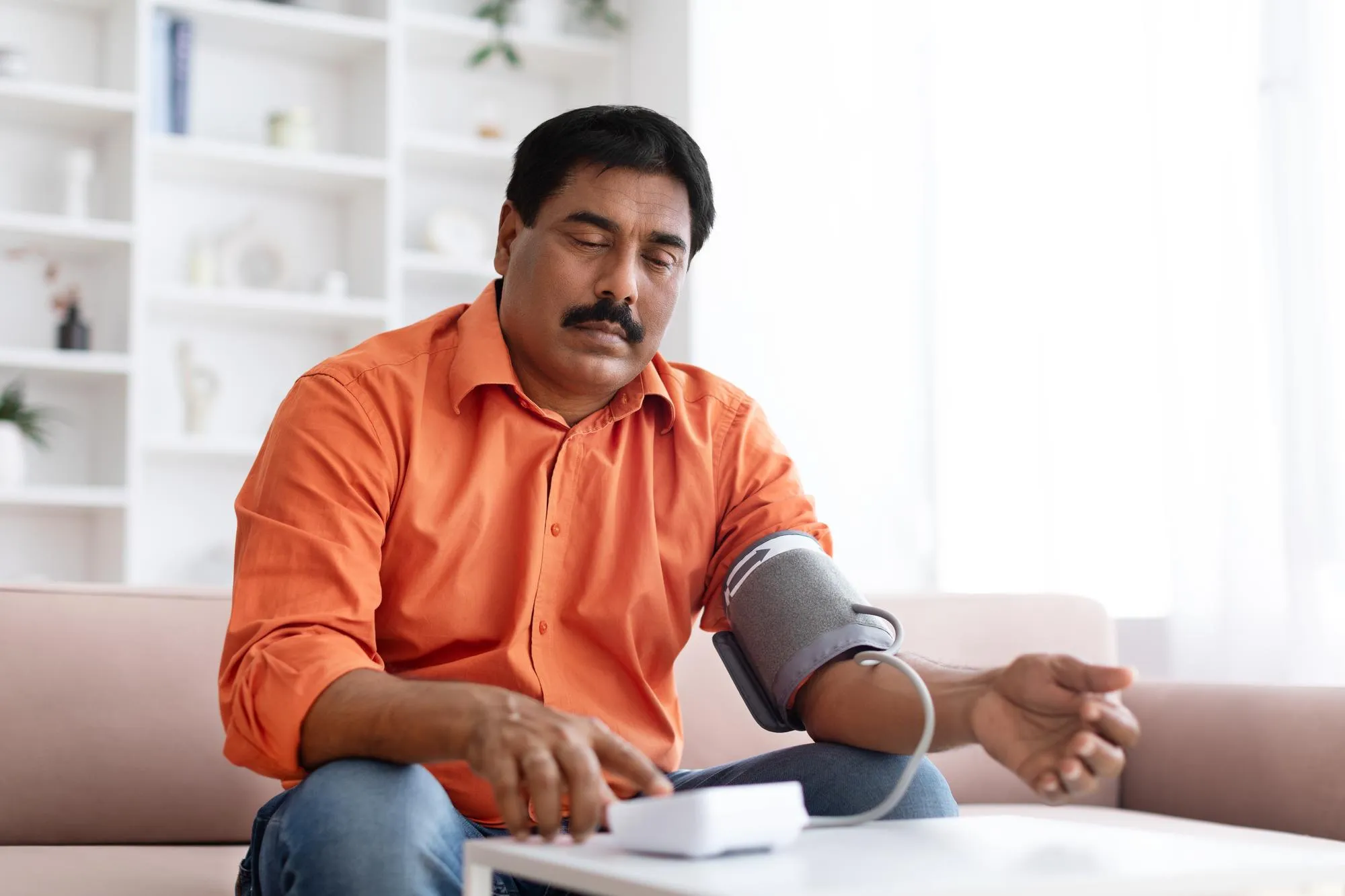Hypertension, commonly referred to as high blood pressure, affects millions of people worldwide and is a significant risk factor for cardiovascular disease, stroke, and mortality. The conventional treatment approach, as recommended by the 2018 European and the 2017 American guidelines, is to initiate antihypertensive therapy with a combination of two or more drugs, particularly driven by ambitious blood pressure (BP) targets; aiming for a systolic BP between 130 and 120 mmHg and a diastolic BP between 80 and 70 mmHg in most patients. However, there exists a notable portion of hypertensive patients for whom monotherapy, the use of a single antihypertensive agent, is still considered the optimal starting point and, possibly, a sustainable maintenance strategy.
In a scholarly article published in the International Journal of Cardiology (Volpe et al., 2019), a team of experts from the Department of Clinical and Molecular Medicine at Sapienza University of Rome and IRCCS Neuromed in Italy have diligently reviewed the pertinent literature, considering subpopulations of hypertensive individuals who may be well-suited to monotherapy. These subgroups include patients with BP in the high-normal range or grade 1 hypertension, young adults with a low estimated cardiovascular risk, women across pregnancy or menopause, and seniors over the age of 80 or those presenting traits of frailty.
DOI: 10.1016/j.ijcard.2019.04.074
Monotherapy Subgroups Explained
Quoting from the article, “Altogether, these subgroups cover a relatively large proportion of patients with hypertension.” These are patient categories where the risk-to-benefit ratio of aggressive combination therapy could tilt in favor of monotherapy.
High-Normal Range and Grade 1 Hypertension
Patients with BP readings at the higher end of normal (systolic BP 120-129 mmHg and/or diastolic BP 80-84 mmHg) or classified as grade 1 hypertensive (systolic BP 130-139 mmHg and/or diastolic BP 85-89 mmHg) may benefit from a gentle initiation into treatment. These individuals often show no overt signs of cardiovascular disease, and immediate combination therapy might be an overestimation of the necessary intervention.
Young Adults with Low Cardiovascular Risk
For young adults, the long-term side-effects of combination antihypertensive treatment may supersede the advantages it offers, especially when the individual’s cardiovascular risk profile is low. Monotherapy can provide the needed BP control with fewer side effects and better compliance.
Women During Pregnancy or Menopause
The physiological changes that occur in women during pregnancy and menopause make hypertension management particularly delicate. Monotherapy is recommended during these times due to the specific circulatory and hormonal changes. A careful choice of antihypertensive agents can ensure both maternal safety and fetal well-being.
Elderly and Frail Patients
For individuals aged over 80 years or those exhibiting frailty, combination therapy may be too rigorous and risk inflicting adverse reactions. The goal with older or frail patients often shifts towards improving quality of life rather than aggressively reducing BP levels. Monotherapy, with its simplified regimens and lower risk of interactions, is more appropriate for their treatment.
The Role of Monotherapy in Clinical Management
Despite the growing trend towards combination therapy, the study led by Massimo Volpe, MD, along with colleagues Giovanna Gallo and Giuliano Tocci, reiterates the significant clinical room for monotherapy in managing hypertension. This is crucial as overmedicating in specific populations can lead to poor adherence, unnecessary side effects, and ultimately, suboptimal care.
The article not only challenges the existing guidelines indirectly but also seeks to provide evidence-based differentiation for patient-centric care. It’s not a one-size-fits-all scenario; delicate patient populations require a tailored approach, which necessitates a good understanding of when to opt for monotherapy over drug combinations.
Keywords
1. Hypertension monotherapy treatment
2. High-normal blood pressure management
3. Cardiovascular risk and BP medication
4. Elderly hypertension guidelines
5. Antihypertensive drug therapy
References
1. Volpe, M., Gallo, G., & Tocci, G. (2019). Novel blood pressure targets in patients with high-normal levels and grade 1 hypertension: Room for monotherapy? International Journal of Cardiology, 291, 105-111. https://doi.org/10.1016/j.ijcard.2019.04.074
2. Int J Cardiol Editorial. (2019). A commentary on “Novel blood pressure targets”. International Journal of Cardiology, 291, 119-120. PMID: 31155327
3. Williams, B., Mancia, G., Spiering, W., et al. (2018). 2018 ESC/ESH Guidelines for the management of arterial hypertension. European Heart Journal, 39(33), 3021–3104. doi:10.1093/eurheartj/ehy339
4. Whelton, P. K., Carey, R. M., Aronow, W. S., et al. (2017). 2017 ACC/AHA/AAPA/ABC/ACPM/AGS/APhA/ASH/ASPC/NMA/PCNA Guideline for the Prevention, Detection, Evaluation, and Management of High Blood Pressure in Adults. Journal of the American College of Cardiology, 71(19), e127-e248. doi:10.1016/j.jacc.2017.11.006
5. James, P. A., Oparil, S., Carter, B. L., et al. (2014). 2014 evidence-based guideline for the management of high blood pressure in adults: report from the panel members appointed to the Eighth Joint National Committee (JNC 8). JAMA, 311(5), 507-520. doi:10.1001/jama.2013.284427
